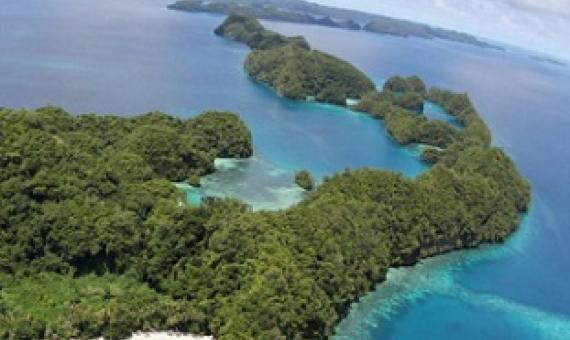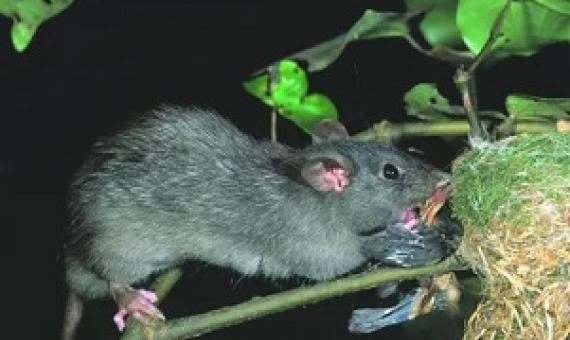Restoration of Nu'utele & Nu'ulua islands, Samoa.: 1.0 Eradication of Pacific rat (Rattus exulans) : draft project plan
The islands of Nu'utele and Nu'ulua have been identified as highly significant sites for conservation in Samoa. They hold large populations of species currently found nowhere else in the country' including threatened land-birds, seabirds and nesting
turtles. They also are the only offshore islands large enough and far enough offshore to be considered as refuges for several of the nation's species threatened on the larger islands by introduced mammalian pests. Such refuges have assumed greater








